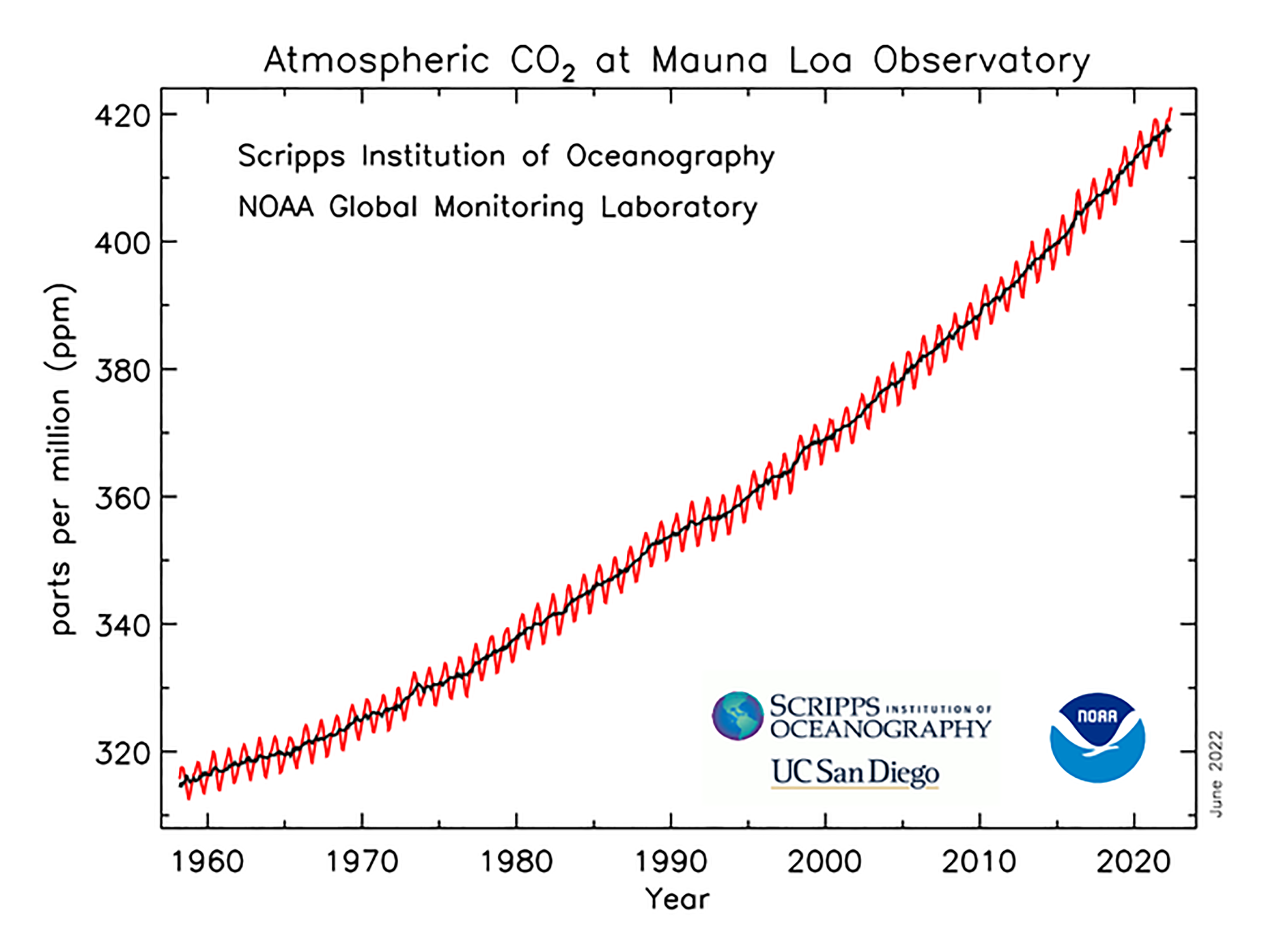What are monomers?
small repeating units that make up polymers.
What are 3 properties of polymers ?
Durable , elastic or flexible , strong
What are the 4 different factors that affect the temperature of the Earth?
1.latitude
2. altitude
3. ocean currents
4. distance from water bodies
Define global warming
Global warming is the gradual increase in the Earth’s average temperature caused by the buildup of greenhouse gases. These gases trap heat from the sun, making the planet warmer.
Mention 3 types of renewable energy
1. solar
2. wind
3. hydroelectric
4. geothermal
Polymers can be classified into two main types based on their origin: natural and _____.
synthetic
Why are food preservatives helpful and what side effects they might have?
These are added to food using polymers to help keep it fresh longer, they can cause health issues to some people (stomachache, headaches, allergies .. etc)
What are the effects of latitude and altitude on the temperature of the Earth?
Latitude (distance from the equator):
The closer you are to the equator, the warmer the temperature.
The farther you are from the equator (toward the poles), the colder it gets.
This is because the Sun’s rays hit the equator more directly than they do the poles.
Altitude (height above sea level):
The higher you go, the colder it gets.
1. Carbon dioxide
2. Nitrous oxide
3. Methane
A coastal city experiences severe flooding due to rising sea levels and stronger storms caused by climate change. What could be the cascade effect of this flood? Mention economical, political and societal effects.
Societal: People lose homes and jobs, leading to displacement, health problems, and stress on social services.
Economic: Businesses close, reducing income and tax revenue; rebuilding costs strain the local budget.
Political: Officials face pressure to respond quickly; disagreements about funding and policies may arise, possibly causing unrest or changes in leadership.
The most common synthetic polymer is
plastic
What happens to the properties of elements when they are combined to make something new, like a compound or a polymer?
When elements combine, their properties change.
Example : Hydrogen is a flammable gas.Oxygen helps things burn.
But when you combine them, they make water, which puts out fires.
Give me a description of a tropical weather:
Hot, dry summers and mild , wet winters
How can greenhouse gases be helpful and how can they be damaging?
Helpful : warm up the Earth so we don't freeze to death.
Dmagaing : can cause global warming, leading to problems like melting ice caps, rising sea levels, and extreme weather (storms, droughts).
Describe the trend that you observe in the graph below. What do you think caused this trend?

The graph shows that CO₂ levels have been increasing steadily over the years.The overall rise is mainly because of human activities like burning fossil fuels, cutting down forests, and industrial pollution.
This natural polymer gives structure to plant cell walls.
Cellulose
Explain the following image :

Mono = 1 , a small molecule
Poly = many , a long chain molecule made up of a repeated pattern of monomers
What are the 3 methods scientists use to study past climate conditions?
1. Fossil
2. Ice cores
3. Tree rings
What activities can increase the amount of atmospheric CO2?
Burning fossil fuels
Deforestation — cutting down trees reduces the number of plants that absorb CO₂ during photosynthesis.
Landfills — when organic waste breaks down, it can release CO₂ and methane.
What is the effect of volcanic eruptions on the Earth's temperature?
When volcanoes erupt, they release carbon dioxide (CO₂), a greenhouse gas that can trap heat and potentially warm the Earth. They also emit large amounts of tiny particles and sulfur dioxide into the atmosphere.
Plastics can't naturally decompose in nature. What is the word that you book uses to describe this?
non-biodegradable
Compare and contrast Synthetic Clothes vs Natural Polymer Clothes?
Synthetic clothes (like polyester or nylon) can be better because:
1.They dry faster 2. They are often stronger and more durable.3. They don’t wrinkle easily.4.They can be made to be water-resistant or stretchy.
But natural clothes like cotton , wool and silk are better in some ways too:
1.They're usually more breathable.
2.They’re biodegradable and eco-friendly.
3.They are more comfortable.
Compare and contrast weather vs climate. Mention 3 differences
1. Weather happens daily or weekly, climate over a long time (30+ years) .
2. Weather can change quickly (sunny, rainy, stormy, etc.), climate doesn’t change quickly .
3.Weather is over a small area , while climate is over a large area.
4. Weather is reported as a forecast, climate is reported as an average.
How could we decrease the amount of atmospheric CO2?
Plant more trees and protect forests
Use renewable energy — like solar, wind, and hydro instead of burning fossil fuels.
Drive less and use public transport — or switch to electric vehicles to reduce emissions.
Recycle and reduce waste
Save energy — turn off lights and electronics when not in use to reduce power demand.
Label the carbon cycle below.

